A quick word of introduction. My name is Stuart McDonald and this is Couchfish—the perfect tub of ice-cream for the traveller stranded on the couch. The newsletter has both a paid edition which traces a fantasy itinerary through Southeast Asia, and a free one that covers, well, everything else. If you’d like to support me finding more tourism stuff to moan about, please consider becoming a paid subscriber. Thank you.
We’ve been sipping and sitting for a while before homestay-owner Sudi mentions the energy. His little garden, with its low-slung car tire seats, chirping birds overhead, and, in the distance, a squealing pig, doesn’t strike me as a high energy affair.
My daughter Lyla and I are his sole guests, and it seems the homestay moves more to our rhythms than anything else. I imagine that once we leave to go diving everyone will go back to sleep, but, as the dive boat isn’t leaving for another hour, Sudi and I still have plenty of island time on our hands.
Where the mountains meet the sea. Photo: Adam Poskitt.
As I mentioned the other day, Pemuteran is set in far western Bali, strung out along a long shallow bay. About thirty minutes to the west lies Menjangan Island, where Lyla and I have been busy diving, and, for us, that is the main attraction of this particular trip. For others though, the real magic lies elsewhere—above rather than below the depths.
When people talk about Bali and mountains, they’re all about the volcanos and craters. There’s good reason for this of course, not least that near every household on the island contains a shrine pointing to Mount Agung. The peaks are also spectacular and trying to find a spot with a view that doesn’t include a volcano is more of a challenge than you might think. Working west though, with the enormous peaks of East Java looming in the distance, another mountain range runs much of Bali’s western length. Dividing the north and south, it taps out right before the island’s Java-facing extremity at Gilimanuk.
A good spot to soak up some island time. Photo: Stuart McDonald.
Gilimanuk is but a curving stone’s throw from Pemuteran, and floating offshore about to go under for another spot of underwater-time, I realise the mountain range behind the town is far more pronounced than landlubbers might expect. Like most, it’s more than a huge pile of stone and dirt, with complicated ravines and ridges, tumbling down towards the sea and the sugar palms that line it. Think striking rather than beautiful.
Sitting there I gaze at the northern flank, its dry season scrub blistered, sand-papered into shades of tan and brown, parched while waiting for rain. A few days later, while riding home, I pop over to the south-facing side of the same ridge, there it’s year-round lush and green, thick mists, moody clouds, all lapping up the wetter climate the south feeds off. On the south side, the subak flows long after the north coast has run dry.
Meanwhile on the south side. Photo: Stuart McDonald.
This meeting of the mountains and the sea carries more meaning than a weather vane though, and to try to explain the how, I’ll need to delve a little bit into the stuff they don’t teach in science class.
For many Balinese, mountains—thanks to their lofty peaks—are where the gods hang out and so they hold the highest spiritual value. At the other end of the spectrum, the ocean doubles as the abyss, home to the spirits of the underworld. The in-betweens are the lowlands, where people go about their business without straying too much. Legends take these beliefs a bit further, seeing Bali as an entire universe, floating atop a carapace of a giant turtle, but I’m not going to get into that today.
Talking about turtles … here’s a Menjangan one we spotted. Photo: Chris Mitchell.
The important thing, is that generally on Bali you get a lot of mountain, then a lot of lowland, then a lot of ocean. Spread out with plenty of space to spare, there’s enough grounds for the good, the bad and the in between to just get on with things. In Pemuteran however, this isn’t the case. In Pemuteran the main mountain range runs almost to the sea—well sort of, you do need to take a bit of a leap of faith here. This proximity, with the peaks, abyss and lowlands almost intermingled, makes for a bit of a mother lode on the energy front. While Sudi didn’t give me the whole spiel on mountains and abysses, this is the energy he was referring to, and Bali being Bali, what do you do when there’s energy on tap? You build temples ... and, it seems ... yoga studios.
If, like Lyla and I, you’ve spent most of your Pemuteran-time down in the abyss, you may well feel a need to atone, in which case you should read on. Towards the eastern extreme of town lie three Balinese Hindu temples. Pura Pulaki and Pabean sit right beside the shore, while a little up towards the gods, you’ll find Pura Melanting. Each has their own appeal, and make for a good way to fill in a non-diving day.
Waiting for Niratha’s return. Photo: Sally Arnold.
As with much of the Balinese temple writing here on Couchfish, matters start with the epic wanderer Niratha. The story goes that some time in the 16th century a troupe of monkeys led him to the spot where Pura Pulaki now sits, and while the man headed off to another plane from Pura Uluwatu, the monkeys remain. Think four centuries of crab eating macaques breeding, and you’ll probably come up with a number roughly half the size of the population here. Perhaps in acknowledgement of the vast oversupply of the crafty critters—or simply because it is more convenient—there’s a drive-by shrine where you can honk and grab your holy water blessing without even getting out of your car—or dealing with the beasts.
Not far away—and certainly not far enough away for the macaque population to disipate—Pura Pabean has a different heritage. Back in the day, when Chinese traders made land here, their first stop was this temple to give thanks for a safe journey. While the traders are far more likely to fly in to Denpasar today, Bali’s other resident seafarers—the offshore fishers—have taken up the slack. They’ll cover their bases and drop by before and after the journey, beating off the macaques while making their offerings.
Pura Melanting—and not an influencer in sight. Photo: Sally Arnold.
Heading away from the abyss, and, at least compared to the other two temples, away from the motley simians, Pura Melanting sits among forested foothills a couple of kilometres inland. The temple verges on gaudy in places—think accidentally designed for Instagram—but it is a beautiful and serene spot. Where Pabean caters to fishers, Melanting is where one comes to hone their business acumen and or fortune, and it’s a hit with traders and other business people. Which is to say, if you’re after a discount on your dive course—or just want to soak up some of Pemuteran’s special energy—this is the place for you.
Couchfish is 100 per cent independent and reader-supported. If you’re not already a subscriber, and you’d like to show your support, become a paying subscriber today for just US$7 per month—you can find out more about Couchfish here—or simply share this story with a friend.
Don’t forget, you can find the free podcasts on Apple, Pocket Casts and Spotify as well as right here on Couchfish.



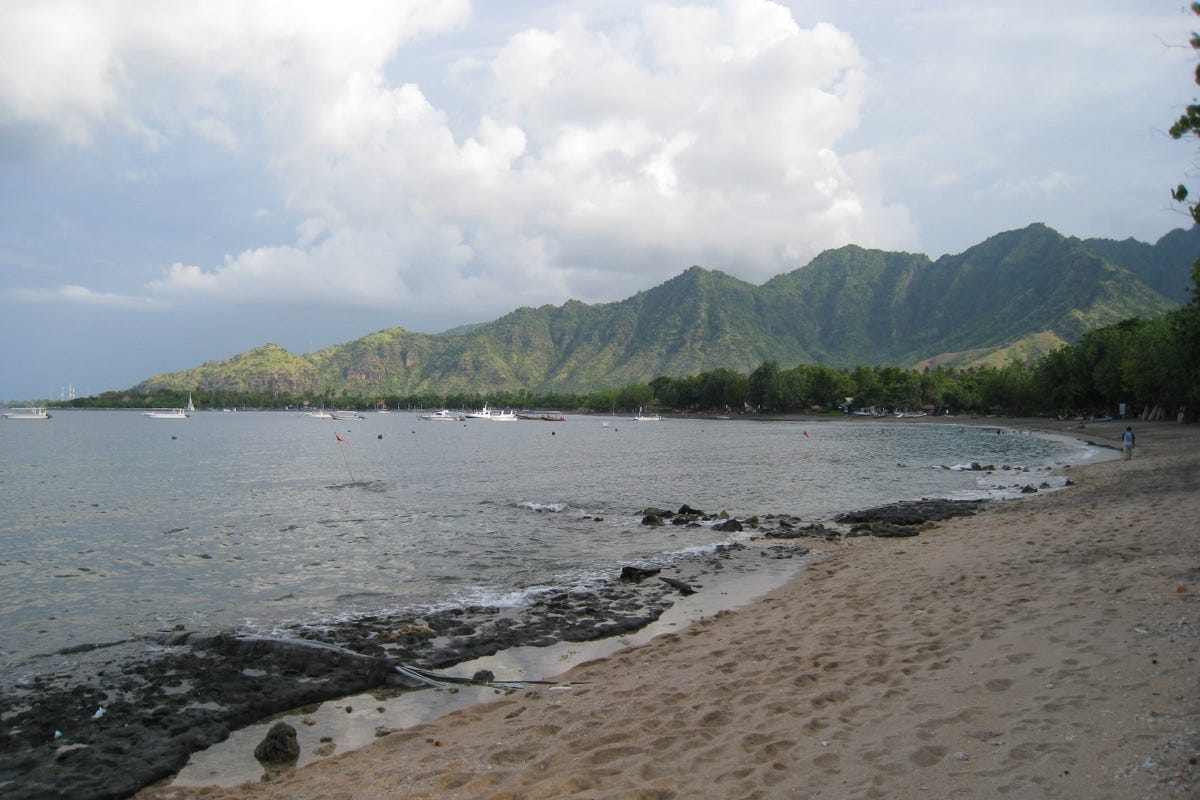
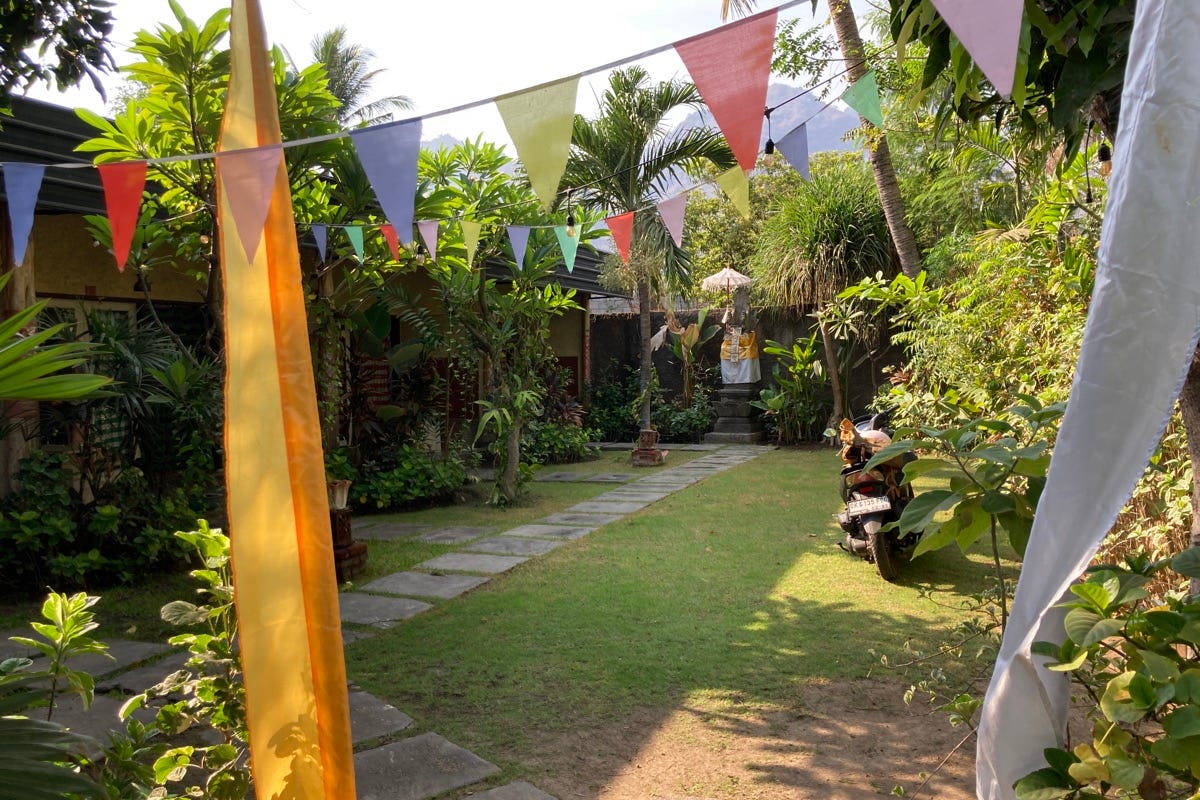

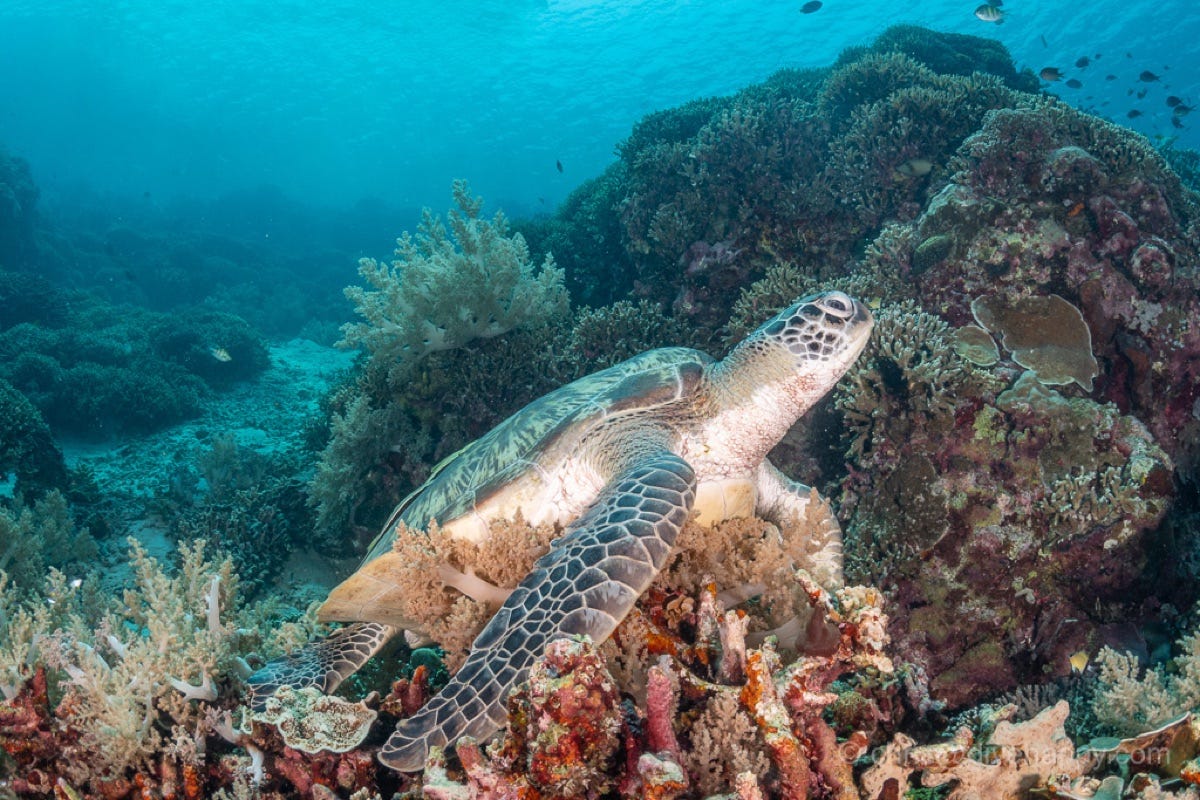
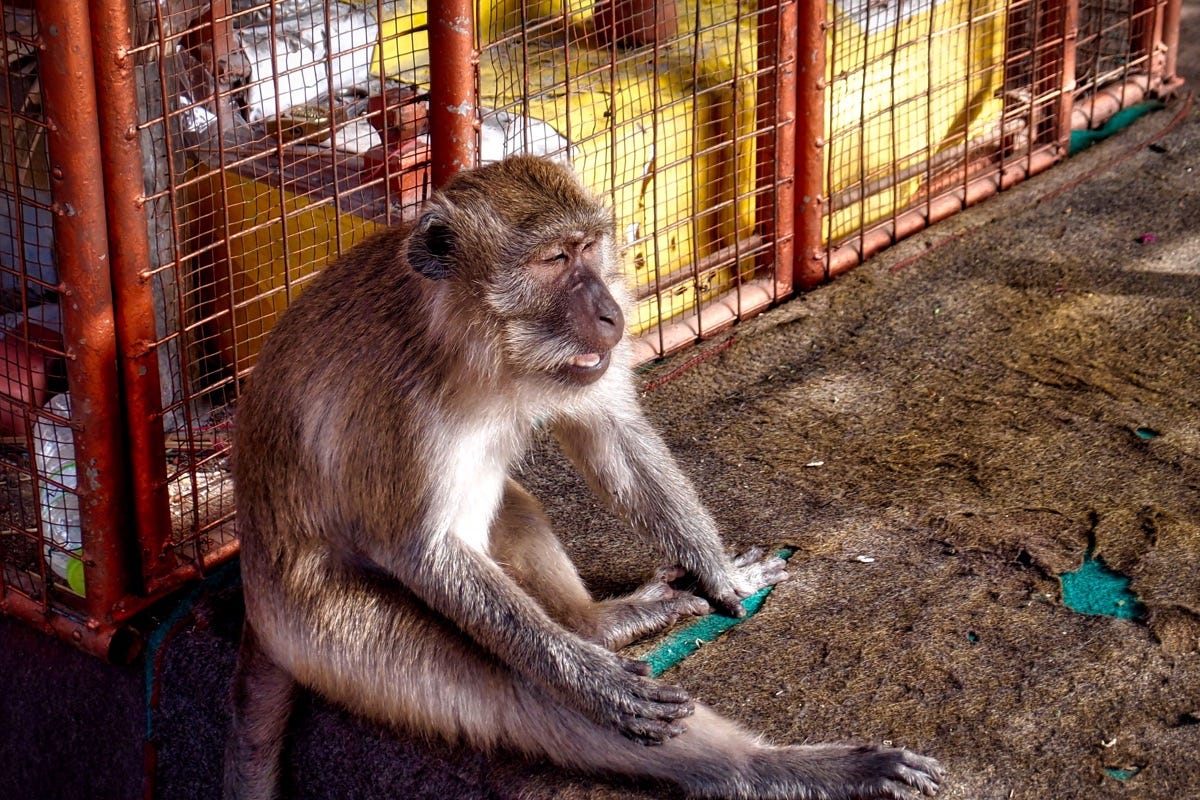
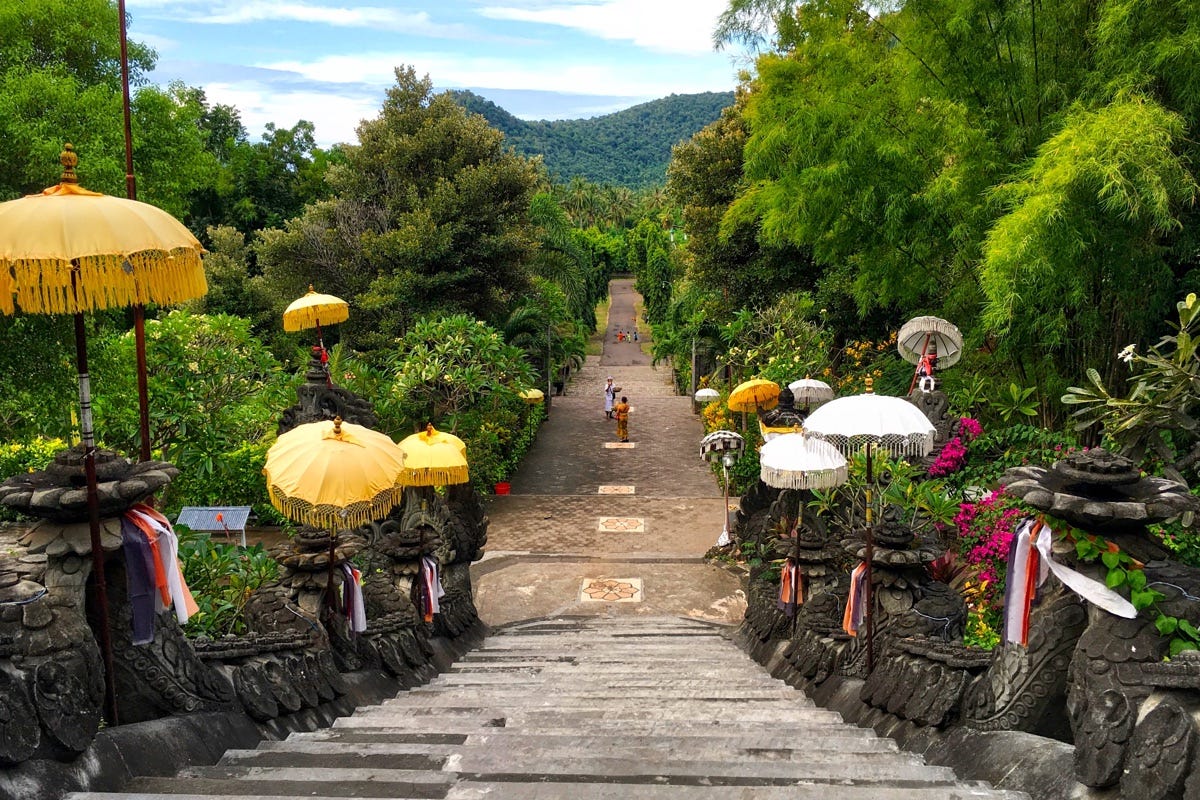








Share this post